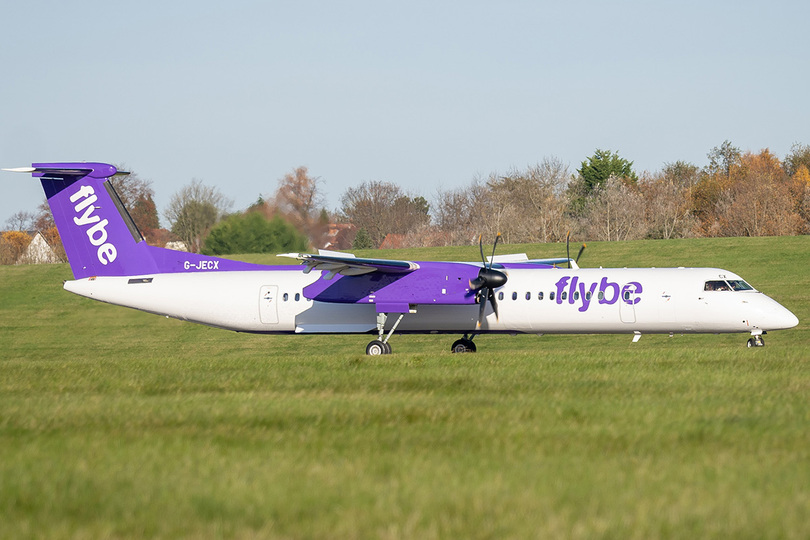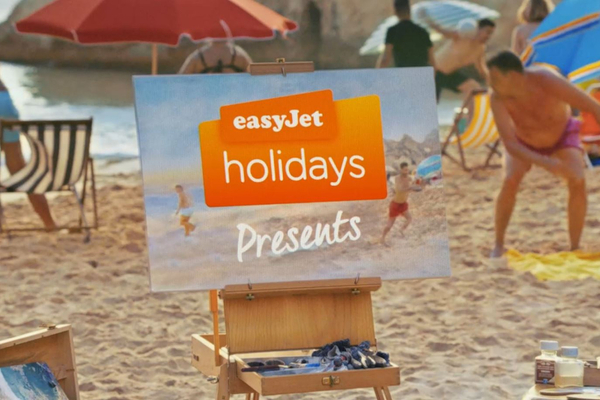Back from the dead: Can Flybe fly high again?
 Gary Noakes
Gary NoakesIt’s perhaps appropriate, or fateful, that Flybe has been resurrected at Easter, with that familiar purple and white livery breaking cover at its new Birmingham base where its first flights depart.
It’s been two years since the original Flybe’s collapse and while there are some major differences between the old and new new operation, there are also a lot of similarities, some of which will work in its favour – and some that won’t.
Flybe Mk2 is, in effect, a slimmed down version of its predecessor – minus its debts. It plans to grow its initial handful of aircraft to a fleet of 32, making it half the size of the original airline. Wisely, it’s a tentative start.
However, a major issue is that in Flybe’s absence, rivals have not been slow to fill the gap it left. Loganair calculates that of the 46 UK domestic routes operated by Flybe at the time of its demise, 42 will be flown by Loganair and six other airlines. The new carrier has an uphill task.
This is perhaps best illustrated by its previous and current presence at Southampton airport. The old Flybe accounted for 90% of the scheduled departures from Southampton. The new airline has just one route there.
The start-up network of 23 routes looks to play to its strength, with niche services like Birmingham to Avignon and Belfast to Inverness. However, Flybe also has slots at Heathrow, serving Belfast City, Leeds Bradford and Amsterdam.
These slots are valuable and at some point, will have a resale value, but Flybe may have to take the pain while it hangs on to them and pass on Heathrow’s hefty passenger fees while competing against bigger brand names.
Another issue is running costs. Flybe Mk2 has the same relatively high cost base because it operates Q-400 propeller aircraft that carry only 78 passengers, but which still need two pilots and other associated costs just to get off the blocks.
Ryanair aircraft also need two pilots, but its Boeing 737s carry 189 people so in a head-to-head, there is only one winner.
’Modest ambitions’
Flybe will also have to face the step change that occurred during the pandemic, that of the greatly increased awareness of air travel’s effects on the environment.
Corporate travellers in particular, on which Flybe is reliant on many routes, are now being told to replace air travel with rail where feasible. Journeys like Leeds to London are usually as quick by train city centre-to-city centre, with the bonus that you can work throughout.
There are some positives, though. One factor in Flybe’s favour that contributed to its predecessor’s demise is Air Passenger Duty on domestic flights. Despite environmental and sustainability protests, this will halve to £6.50, although not until April 2023.
Another is Flybe’s modest ambitions compared to its predecessor. It is sticking with a fleet of propellor aircraft, unlike Flybe Mk1, which ordered a small fleet of jets to take on the likes of Tui at some airports.
I don’t think the current management team will have any such ambitions. Let’s hope their plan works; there will be difficulties ahead, but it’s great to see the Flybe name flying again.
Sign up for weekday travel news and analysis straight to your inbox

Gary Noakes
Supplier Directory
Find contacts for 260+ travel suppliers. Type name, company or destination.















